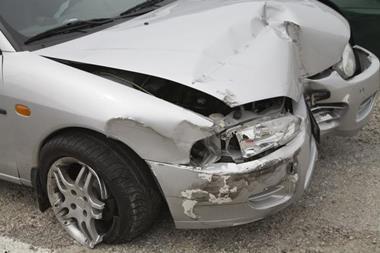Personal injury costs are likely to keep climbing for some time – rising from £8.4bn in 2010 to £9.7bn by 2014 – driven by the growth in the number of motor personal injury claims, a new report estimates.
The rise will continue despite new regulations being brought in to tackle the problem, finds Datamonitor.
A new report by the independent market analyst has revealed that it is motor claims that continue to dominate the personal injury market as a whole, now accounting for just under 80% of the market, despite a fall in the number of road traffic accidents. Employers' liability, public liability, and clinical negligence all contribute to the market, but to a lesser degree.
Barbara Kubis-Labiak, analyst at Datamonitor, said: “The rising costs of motor personal injury claims were one of the key reasons for the review of civil litigation costs by Lord Justice Jackson. With the continued aggressive TV and marketing campaigns by solicitors and claims management companies, there has been a rise in disproportionate claims, with exaggerated claim sizes and unnecessary costs, making regulatory changes essential.”
However, according to some solicitors and insurers who spoke to Datamonitor for this report, even if all the changes suggested by the Jackson review were implemented, personal injury claims costs would continue to rise until 2014 at least, albeit at a slower rate.
The report reveals that insurers largely agree that banning referral fees will not result in driving down costs, as this will not do anything to address the issue of high solicitors' costs. According to the insurers and solicitors interviewed for this report, neither industry will start reducing fees.
Kubis-Labiak continued: “Although we believe that changes to regulations over the next few years will do something to tackle rising costs, this will only result in a marginal slowdown. In fact, after taking into consideration all of the expected changes, we have only revised our long-term forecast for the 2010–14 growth of claims costs down from 5.4% to 3.7%. Therefore costs will remain a problem and time as well as further changes will be needed to finally bring costs under control.”
Hosted by comedian and actor Tom Allen, 34 Gold, 23 Silver and 22 Bronze awards were handed out across an amazing 34 categories recognising brilliance and innovation right across the breadth of UK general insurance.












































